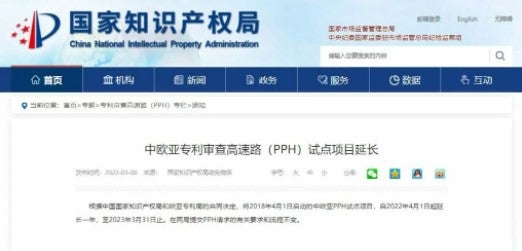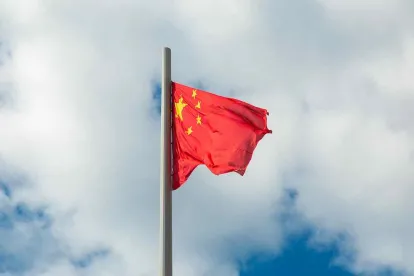On March 4, 2022, the U.S. Patent & Trademark Office (USPTO) announced it “has terminated engagement with officials from Russia’s agency in charge of intellectual property, the Federal Service for Intellectual Property (commonly known as Rospatent), and with the Eurasian Patent Organization.” In contrast, the China National Intellectual Property Administration (CNIPA) announced on March 8, 2022 that it is extending Eurasian Patent Organization Patent Prosecution Highway (PPH) pilot project for another year through March 31, 2023. The Eurasian Patent Organization (EAPO) is an international organization set up in 1995 to grant Eurasian patents covering Russia and several ex-Soviet republics. The PPH enables accelerated examination of Chinese patent applications based on an allowance of an earlier-examined patent application. The relevant requirements and procedures for submitting PPH requests in the two offices remain unchanged.

In order to file a request to participate in PPH in China, an applicant must file the request after the publication of the Chinese invention application but before receiving an Office Action. Further, the PPH request should be filed when filing a request for exam, or after the Chinese application has entered into a substantive examination (i.e., received a notice of entering a substantive examination).
All claims in the Chinese application must sufficiently correspond to the patentable claims in the foreign or the Patent Cooperation Treaty application (i.e., the Chinese claims must be similar in the scope or narrower than the allowed claims). The base application being relied on for the Chinese PCT request must include an indication of the patentability of at least one claim in a notice of allowance or an office action, or the PCT application must indicate patentability in a PCT work product.
In addition to a request to participate in the PPH, an applicant must submit (1) Chinese translations of the allowable claims of the relevant base application, (2) list of references cited by the examiner, (3) copies of non-patent literature references cited by the examiner, if any (4) a claims correspondence table with explanation; and (5) copies of all office actions that are relevant to substantive examination for patentability. The applicant also should submit Chinese translations of all office actions if the documents are not in English.
PPH applications get examined significantly faster than conventional applications in China. One can expect a first Chinese office action within about 2.4 months of filing of a PPH request and 11.1 months to final disposal according to statistics.



 />i
/>i

